Vue3 组件通信全攻略:多种方式详解 + 实战场景,轻松玩转复杂数据流!
一、组件通信为何如此重要?
在大型 Vue 项目中,组件通信如同神经网络般贯穿整个应用。良好的通信机制能:
✅ 实现组件解耦
✅ 提升代码可维护性
✅ 构建清晰数据流
✅ 支撑复杂业务场景
二、父子组件通信:核心通信模式详解
2.1 Props 向下传递(类型安全的典范)
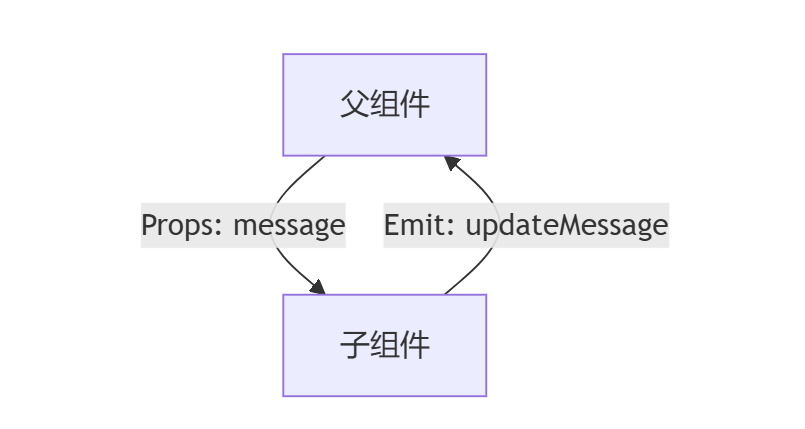
复制代码
使用要点:
严格类型校验避免运行时错误
通过 default 设置智能默认值
使用 TypeScript 时可获得更强的类型推导
2.2 自定义事件向上传递(含事件命名规范)
复制代码
开发技巧:
采用
update:propName的命名规范事件参数不超过 3 个时推荐对象传参
配合 TypeScript 进行类型声明
避免过度使用事件总线替代原生事件
三、兄弟组件通信的三种高阶方案
3.1 父组件中转(适合强关联组件)
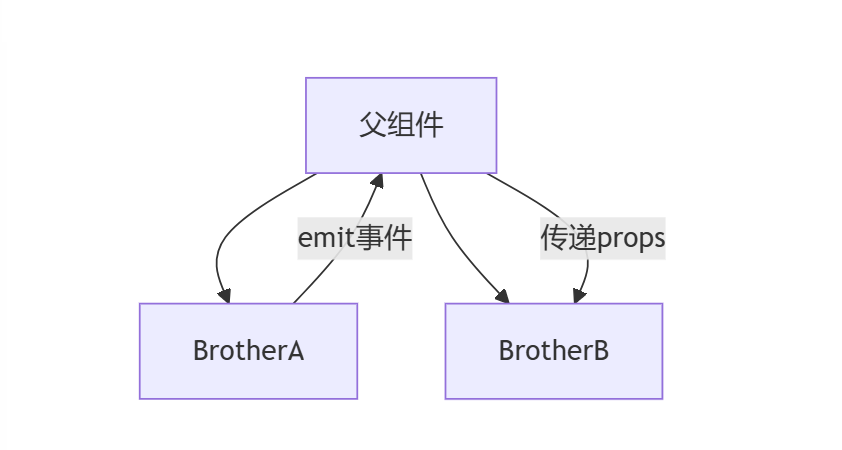
复制代码
适用场景:
简单数据共享
需要维护单一数据源
兄弟组件层级较浅时
3.2 mitt 事件总线(轻量级解耦方案)
复制代码
复制代码
复制代码
注意事项:
⚠️ 及时移除事件监听
⚠️ 避免事件命名冲突
⚠️ 不适合高频事件场景
四、跨层级通信:4 种进阶方案深度解析
4.1 provide/inject(响应性穿透)
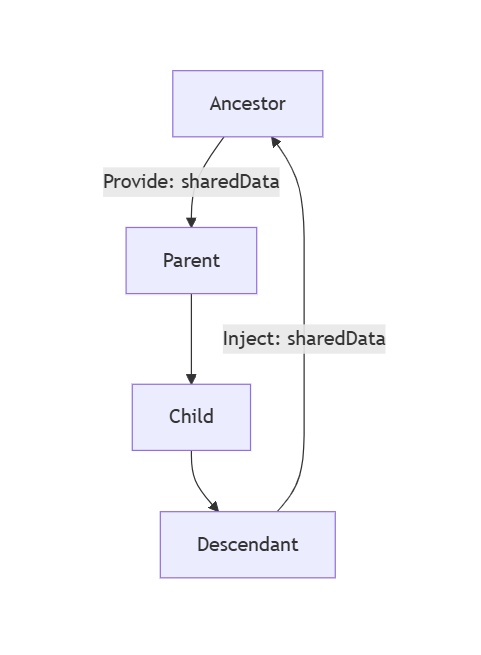
复制代码
复制代码
应用场景:
主题切换
多语言支持
全局配置
性能优化:
使用 Symbol 作为注入 key 避免命名冲突
配合 reactive 使用保持响应性
4.2 attrs 穿透(属性透传)
复制代码
复制代码
4.3 插槽内容通信(作用域插槽)
复制代码
复制代码
4.4 Pinia 状态管理(推荐复杂场景)_ 在后续文章中会详细介绍

复制代码
复制代码
五、通信方案选型决策树
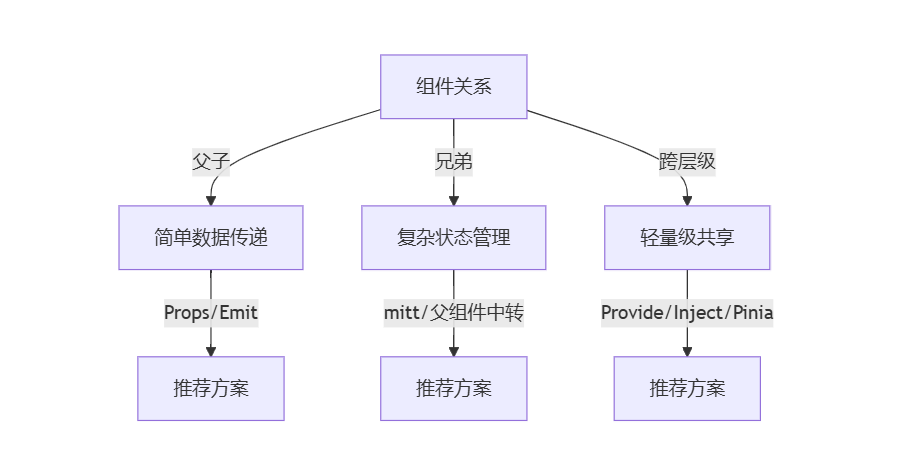
六、性能优化与常见陷阱
1. props 深度监听优化
复制代码
2. 事件总线内存泄漏预防
复制代码
3. 避免不必要的响应性丢失
复制代码
七、总结与建议
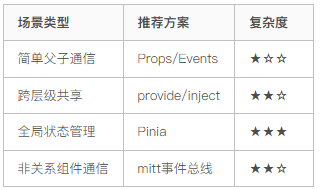
作者建议:在项目初期优先使用 props/events,随着业务复杂度提升逐步引入状态管理方案。避免过早优化,保持代码简洁性与可维护性的平衡。
文章转载自:Code_Cracke










评论